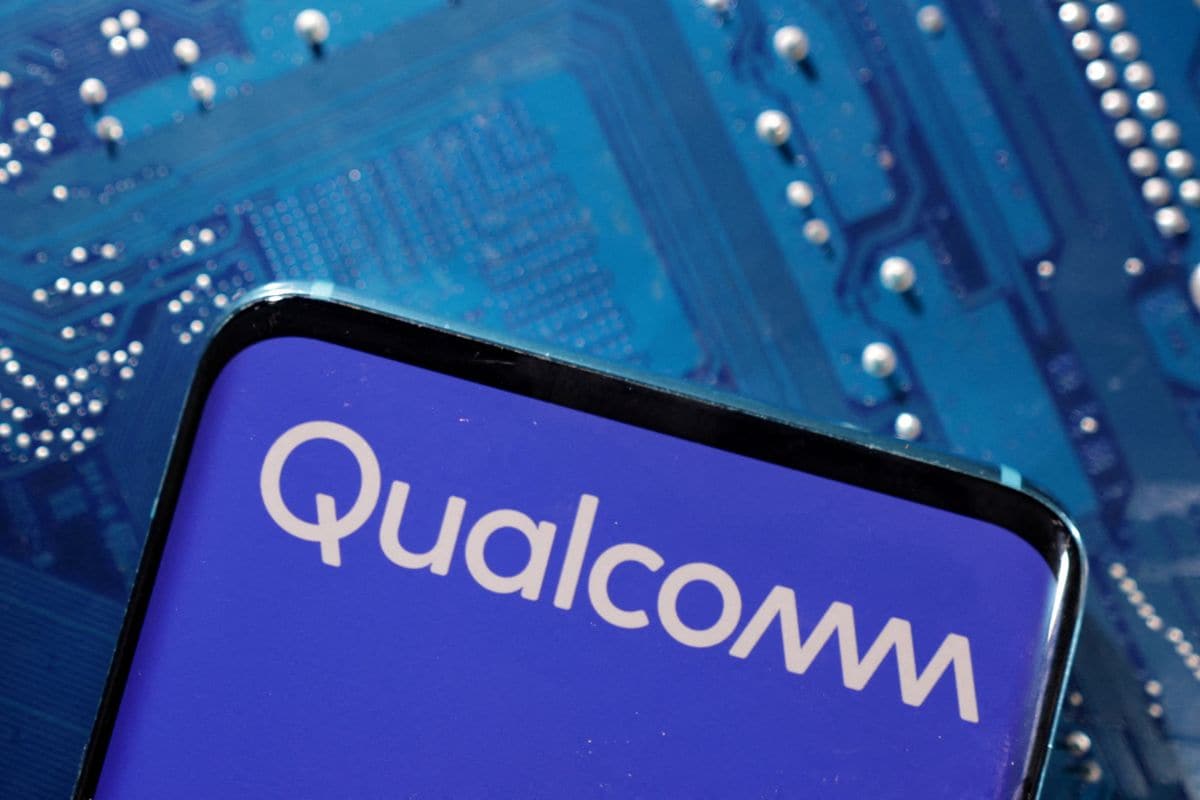
A research commissioned by Qualcomm discovered that its modem chips labored higher than a rival part developed by Apple, particularly for mobile prospects in dense city areas.
The iPhone 16e, the primary smartphone to make use of Apple’s in-house C1 modem, was slower to obtain and add data on T-Cellular’s 5G community in New York Metropolis than Qualcomm-powered Android gadgets, in keeping with a report by Mobile Insights Qualcomm paid for the research and made the findings accessible to Bloomberg.
Apple spent years growing the C1 part as an alternative choice to Qualcomm chips, a part of a broader push to interchange suppliers’ elements with homegrown know-how. Modem chips — an important a part of any cell phone — assist join the system to mobile towers, permitting customers to make calls and entry web knowledge.
Whereas the C1 cellphone carried out adequately below optimum situations, it lagged behind in “the very situations the place next-generation modems are anticipated to excel,” the report stated. “For customers working in dense city, indoor or uplink-intensive environments, the advantages of higher 5G efficiency within the Android smartphones is not only theoretical — it’s quantifiable, repeatable and operationally vital.”
A consultant for Apple did not instantly reply to a request for remark.
By citing the report, Qualcomm is taking a shot at considered one of its greatest prospects. Over time, Apple has accounted for roughly 20 % of Qualcomm’s income, and the chipmaker was the unique supplier of modems for the iPhone lineup earlier than the 16e debuted this . However Apple is seeking to finally deliver its in-house modems to different fashions, displacing its longtime provider.
Qualcomm has informed buyers that they need to count on income from Apple modem gross sales to finally go to zero, however that it will likely be capable of change that cash by increasing into different areas.
Earlier this month, Apple Chief Government Officer Tim Prepare dinner stated the rollout of the brand new cellphone has gone properly and touted the part because the “essentially the most energy-efficient modem ever in an iPhone.”
In accordance with the research, two equally priced Android telephones utilizing Qualcomm parts have been as much as 35% sooner at downloading knowledge and as much as 91% faster at importing data. The hole was extra obvious when the community was busy or the cellphone was farther from a cell tower.
The report additionally stated that the iPhone turned “noticeably sizzling to the touch and exhibited aggressive display screen dimming inside simply two-minute check intervals.” It did not say if shoppers will be capable to determine any falloff in knowledge communication in real-life conditions. The report additionally did not focus on points reminiscent of battery life.
Modems use radio waves to speak with carriers’ networks, translating indicators into data and voice contained in the cellphone. Boosting the sign is an ordinary means to enhance a connection, one thing that requires power and depletes the battery.
Qualcomm has lengthy argued that modem know-how is tougher to grasp than different chips. The corporate says it is an knowledgeable at replicating numerous community setups and ensuring its elements work in all kinds of situations. Climate, tall buildings and community congestion can all affect the effectiveness of a cellphone.
Apple’s modem push is simply its newest try to deliver extra know-how in home. All the things from the corporate’s Mac computer systems to its best-selling iPhones run on processors that it designed. That provides it a larger skill to customize options and management prices.
© 2025 Bloomberg LP
(This story has not been edited by NDTV employees and is auto-generated from a syndicated feed.)
